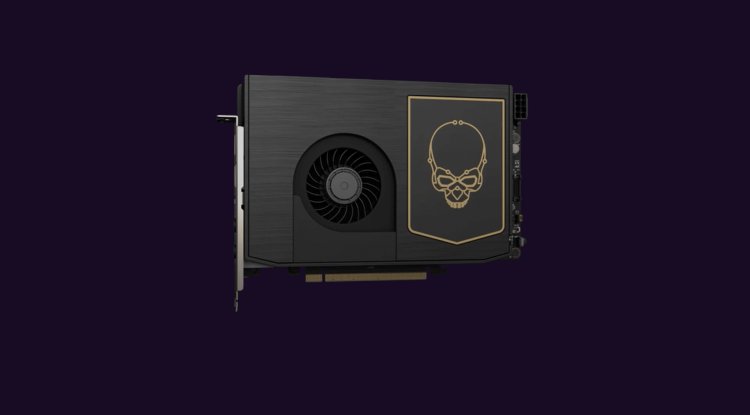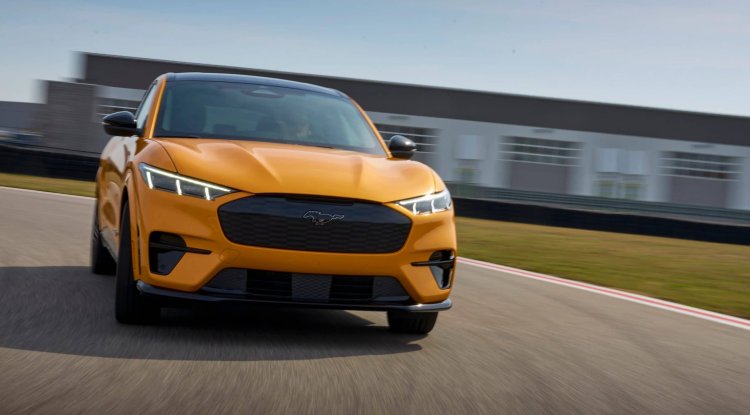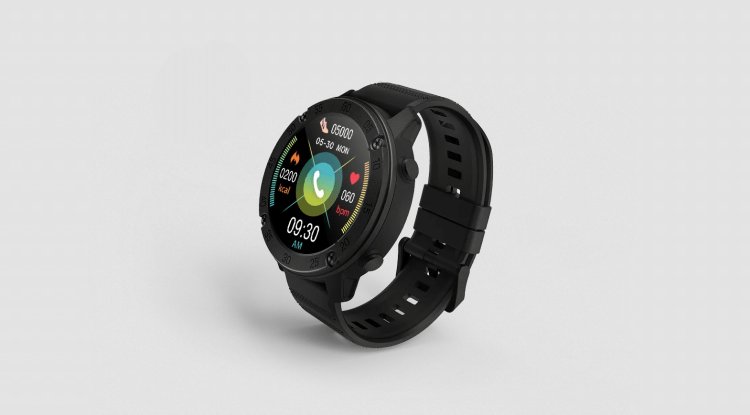Intel NUC 12 Extreme: as "big" as ever

We've been waiting for the Intel NUC 12 Extreme, the pinnacle of the NUC line (with permission from the Intel NUC 12 Enthusiast, of course), since Intel announced the cards that the twelfth generation would use from Intel Core. Something that happened barely a month after the firm announced the NUC 11 Extreme, which is built on Tiger Lake and has technical specifications that are startling given the device's size.
After about a year, we are already learning a lot about the Intel NUC 12 Extreme, thanks to documents from the company itself, which allow us to take an X-ray, with enough definition, of what we will find inside a system that, once again, will surprise us with the ability to integrate so much in such a small space and to do so in such an optimal way. And, whether you like small-sized solutions or larger ones, there is no doubt that NUCs are always superb in terms of design and engineering.
But, let's get to the point: what does the Intel NUC 12 Extreme have to offer? To begin, we will find two models, the only difference being the CPU that will be housed within, a point at which we may select between a Core i9-12900 chip and a Core i7-12700 chip, both having a TDP of 65 watts, which is more significant than ever in this generation.
Why? Because it will not just indicate the performance that we may expect from the CPU this time. One of the anticipated features of this Intel NUC 12 Extreme is the use of an LGA1700 socket for CPU assembly, comparable to that seen in desktop PCs. As a result, it is believed that this NUC will function with any SKU LGA1700 chip with consumption equal to or less than 65 watts, whether it is an existing chip (which would make no sense, really…) or a future chip.
The other side of the coin, however, is found when discussing RAM memory, and that is that the Intel NUC 12 Extreme employs the DDR4-3200 standard, despite the fact that DDR5 support is one of the twelfth generation's primary features. At first glance, this appears to be a decision that penalizes system performance. However, if we think about it more, we will realize that it is a sound decision.
For this, we must keep in mind that the Intel NUC 12 Extreme, like the rest of the NUC, is a kit and that we must select and purchase the memory and other components. As a result, while DDR5 memory is now more widely available than it was a few months ago, it is still significantly more expensive, and it is still difficult to obtain in some regions of the world. As a result, Intel would have chosen a more current market format.
Yes, there are still some uncertainties about whether the Intel NUC 12 Extreme will include a dedicated Arc Alchemist graphics processor.
What are the arguments for? The timing, in particular, could be ideal, since reports claim that the 12 Extreme will be unveiled at the end of this quarter, with the first Intel graphics for desktop arriving in the second quarter.
Against? This may go against the NUC's standard kit model. The problem might be remedied by giving two editions, one with and one without the graphics adapter, and that would be a very appealing alternative for many users.
In terms of storage, this Intel NUC 12 Extreme supports up to three NVMe PCI-E 4 SSD units with m2 2280 form factor, while two of the three bays also support units with form factor 2242 and SATA drives, for those who prefer to mount a unit of this type and capacity alongside the NVME.
For the most part, the new Intel NUC 12 Extreme maintains the multitude of connectivity found in its predecessors. Starting with network connectivity, which it excels at both wired and wirelessly. The two variations include a 10 gigabit Ethernet port, to which we must add a second 2.5-gigabit port found in the model that incorporates the Core i9-12900. It includes an Intel WiFi 6E AX211 adapter for the wireless area, as well as Bluetooth 5.2 connection.
Two Thunderbolt 4/Display Ports, an HDMI 2.0b port, six USB 3.2 Gen 2 USB-A ports on the rear, and an extra USB-A and USB-C port on the front share space with a 3.5-millimeter audio jack and a memory card reader are added to these connections.





































